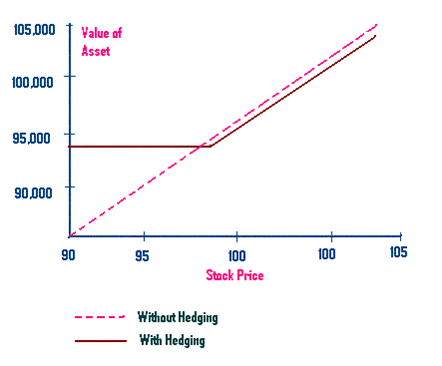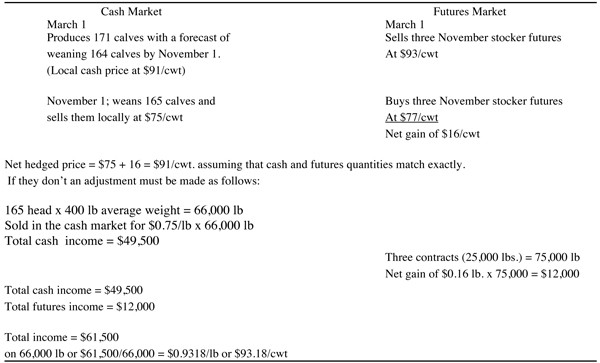Use Futures Options to Hedge Limit Moves
Post on: 30 Май, 2015 No Comment

Posted in on June 25, 2013 — 4:23pm
All futures contracts are limited in the amount by which their price can change in any one day. The exchange where the future is traded determines the size of that daily limit. The greatest fear that any futures trader has is that he will get caught on the wrong side of a prolonged limit move and therefore not be able to get out of his position. If this happens, huge losses could occur. However, future options may prove to be a valuable tool when limit moves occur, either as a price discovery mechanism or as a way of confining losses. Limit moves usually occur as a result of an expected increase or decrease in the supply of a commodity — either caused by weather (storms), cartels (OPEC), or an unexpected government report. Moreover the results of these items can be exacerbated if they occur over a (long) weekend or holiday.
Example: Suppose a major storm hits the Midwest and seriously damages the soybean crop. Just before the storm soybeans were trading at a price of 550. The daily limit is 30 cents. After the storm, a quick assessment of the crop damage is quickly translated into the soybean futures market, which opens sharply higher. However, beans can only trade up 30 cents a day. So on the first day they are quoted at 580 bid (no offer), but they don’t trade because no one wants to sell soybean futures at 580. This situation is known as bid limit up. On the second day, they are quoted at 610 bid, but again they do not trade. Finally, on the third day, they again trade a little higher and begin free trading since a level has been reached where sellers enter the market. Anyone who was short soybeans would not have been able to cover his position until free trading resumed three days later, and he would have sustained large losses.
Futures options sometimes have trading limits imposed on them as well. Most of these options are on the Chicago Board of Trade (all grains, U.S. Treasury bonds, Municipal Bond Index, Nikkei stock index, etc.), although currency options on the Chicago Merc are included as well. For example, each distinct soybean option also has a maximum limit of 30 cents change in price per day. At other exchanges, options are free to trade even though futures have effectively halted because they are up or down the limit. However, even in the situations where futures options themselves have a trading limit, there may be out-of-the-money options available for trading that have not yet reached their trading limit.
Price Discovery
Where options are freely trading, one can use them to imply the price where the futures would be trading were they not at their trading limit.

Example: August Soybeans have been inflated in price due to drought fears, having closed on Friday at 650 ($6.50 per bushel). However, over the weekend it rains heavily in the Midwest, and it appears that the drought fears were overdone. Soybeans open down 30 cents — to 620 — down the allowable 30 cent limit. Furthermore, there are no buyers at that level and the August bean contract is locked limit down. No further trading ensues.
One may be able to use the August soybean options as a price discovery mechanism to see where August soybeans would be trading if they were open.
Suppose that the following prices exist, even though August soybeans are not trading because they are locked limit down:














